Home>Gardening & Outdoor>Landscaping Ideas>How To Grill Grass-Fed Steak
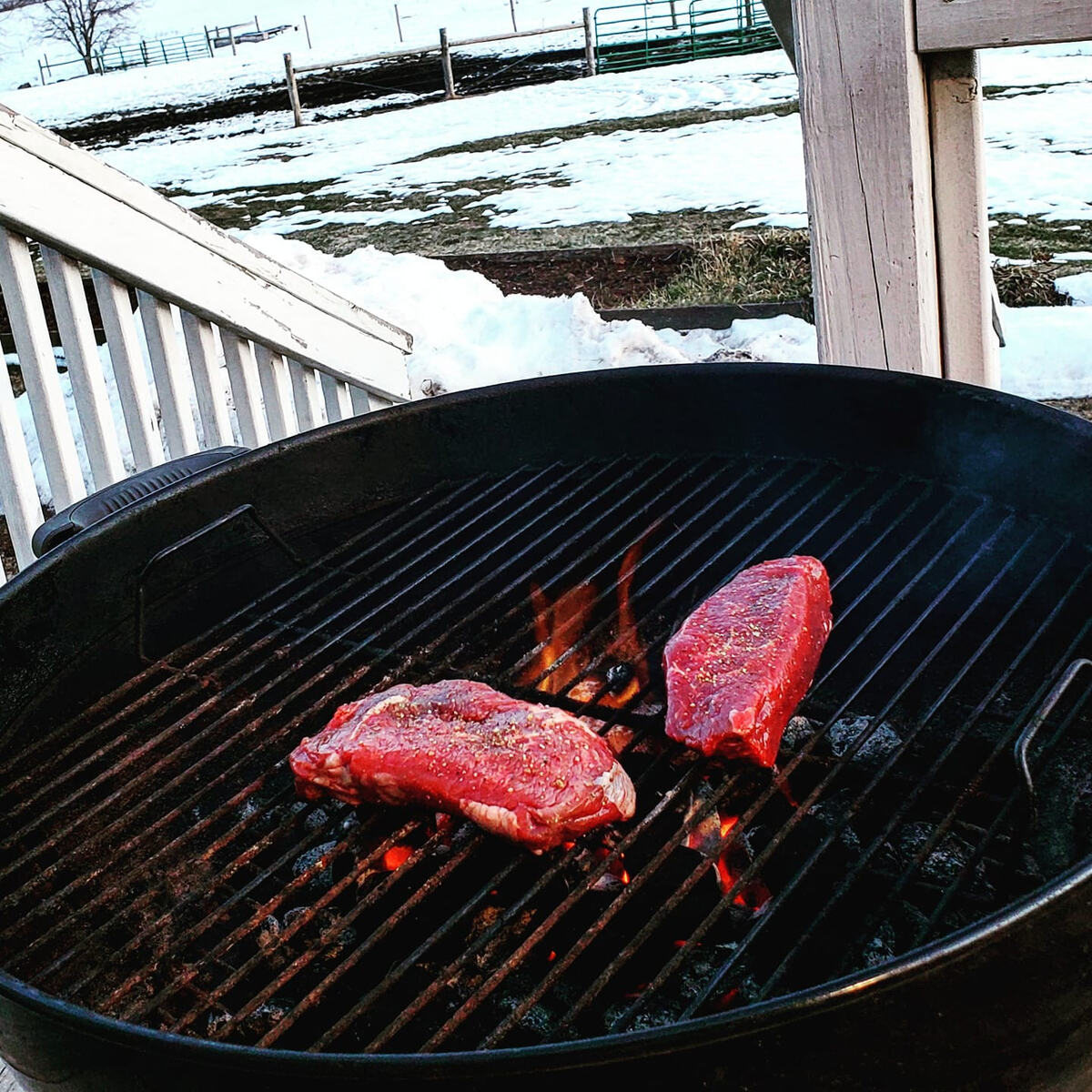

Landscaping Ideas
How To Grill Grass-Fed Steak
Modified: September 2, 2024
Learn how to grill grass-fed steak to perfection with our expert tips and techniques. Elevate your outdoor cooking game with our landscaping ideas for the ultimate backyard BBQ experience.
(Many of the links in this article redirect to a specific reviewed product. Your purchase of these products through affiliate links helps to generate commission for Storables.com, at no extra cost. Learn more)
Introduction
Grilling grass-fed steak is a culinary adventure that promises a delectable and wholesome dining experience. Unlike conventional grain-fed beef, grass-fed steak offers a unique flavor profile and nutritional benefits that make it a favorite among discerning food enthusiasts. As you embark on this journey of grilling the perfect grass-fed steak, it's essential to understand the nuances of selecting, preparing, and grilling this premium cut of meat to achieve optimal results.
Grass-fed steak, sourced from cattle that graze on natural pastures, is renowned for its rich, earthy flavor and leaner composition. The cattle's diet of grass and forage imbues the meat with a distinct taste that sets it apart from grain-fed alternatives. Additionally, grass-fed beef is prized for its higher levels of essential nutrients, including omega-3 fatty acids and conjugated linoleic acid (CLA), which contribute to its nutritional superiority.
Grilling grass-fed steak is not merely a culinary endeavor; it's a celebration of the farm-to-table ethos and a homage to sustainable, ethical farming practices. By savoring a perfectly grilled grass-fed steak, you are not only indulging in a sumptuous meal but also supporting environmentally conscious and animal-friendly agricultural methods.
In this comprehensive guide, we will delve into the art of grilling grass-fed steak, exploring the intricacies of selecting the finest cuts, preparing the meat for grilling, mastering the grilling techniques, and ensuring that the steak is cooked to perfection. Whether you're a seasoned grill master or a novice enthusiast, this guide will equip you with the knowledge and skills to elevate your grilling prowess and create memorable dining experiences for yourself and your guests.
Prepare to embark on a gastronomic journey as we unlock the secrets to grilling the perfect grass-fed steak, from the sizzle of the grill to the tantalizing aroma of a well-seasoned cut, culminating in a symphony of flavors that will leave your taste buds yearning for more. Let's fire up the grill and immerse ourselves in the art of grilling grass-fed steak, where every sizzle and sear leads to a culinary masterpiece that embodies the essence of farm-fresh, premium beef.
Key Takeaways:
- Grilling grass-fed steak is a celebration of natural flavors and ethical farming. Choosing the right cut, preparing with care, and mastering grilling techniques are essential for a delectable dining experience.
- Resting the grilled grass-fed steak is crucial for optimal tenderness and flavor. It’s a transformative phase that elevates the steak to its succulent best, creating a sensory revelation with every slice.
Read more: How To Cook A Grass-Fed Steak
Choosing the Right Grass-Fed Steak
When it comes to grilling the perfect grass-fed steak, the journey begins with selecting the right cut of meat. The process of choosing the ideal grass-fed steak involves a careful consideration of factors that influence the flavor, tenderness, and overall dining experience. Here's a comprehensive guide to help you navigate the realm of grass-fed beef and make informed decisions when selecting the perfect steak for grilling.
Understanding Cuts
Grass-fed beef offers a diverse array of cuts, each with its unique characteristics and culinary applications. From the rich marbling of ribeye to the robust flavor of sirloin, understanding the different cuts is essential in choosing the right steak for grilling. Consider the level of tenderness, fat content, and thickness of the cut, as these factors significantly impact the grilling process and the resulting flavor profile.
Quality and Source
When selecting grass-fed steak, prioritize quality and source. Look for reputable suppliers and local farms that adhere to sustainable and ethical farming practices. Opt for steaks sourced from cattle that have been raised on natural pastures, as this contributes to the authentic flavor and nutritional richness of the meat. By choosing high-quality, responsibly sourced grass-fed beef, you not only elevate the dining experience but also support sustainable agriculture and animal welfare.
Marbling and Color
Inspect the marbling and color of the steak to gauge its quality. While grass-fed beef tends to be leaner than grain-fed varieties, marbling – the intramuscular fat – plays a crucial role in enhancing tenderness and flavor. Look for steaks with a balanced distribution of marbling, as this indicates a higher degree of tenderness and succulence. Additionally, seek out steaks with a vibrant, deep red color, which is indicative of freshness and optimal flavor.
Read more: What Is Grass-Fed
Consideration of Thickness
The thickness of the steak is a pivotal consideration when choosing the right grass-fed cut for grilling. Opt for steaks with a moderate thickness, as this allows for even cooking and optimal retention of juices and flavor. Thicker cuts provide a generous canvas for achieving the desired level of doneness while preserving the natural juiciness of the meat, resulting in a gratifying dining experience.
Personal Preferences
Ultimately, the choice of grass-fed steak is influenced by personal preferences and culinary aspirations. Whether you favor the robust flavor of a New York strip or the buttery tenderness of a filet mignon, understanding your preferences and desired grilling outcomes empowers you to select the perfect grass-fed steak that aligns with your culinary vision.
By considering the nuances of cuts, quality, marbling, color, thickness, and personal preferences, you can confidently choose the right grass-fed steak that sets the stage for a remarkable grilling experience. Each aspect contributes to the symphony of flavors and textures that unfold on the grill, culminating in a culinary masterpiece that celebrates the natural essence of premium grass-fed beef.
Preparing the Steak for Grilling
Preparing the grass-fed steak for grilling is a crucial step that sets the foundation for a remarkable culinary experience. From seasoning the meat to allowing it to reach the ideal temperature, each aspect of preparation contributes to the overall flavor, tenderness, and juiciness of the steak. Here's a detailed exploration of the essential steps involved in preparing grass-fed steak for the grill.
Seasoning and Flavor Enhancement
Before grilling, it's essential to season the grass-fed steak to enhance its natural flavors and create a harmonious blend of seasonings that complement the meat. A simple yet effective seasoning blend typically includes kosher salt, freshly ground black pepper, and optional herbs or spices such as garlic powder, onion powder, or smoked paprika. The seasoning should be generously applied to both sides of the steak, ensuring that the flavors permeate the meat and contribute to a well-rounded taste profile.
Read more: How To Cook Steak On Indoor Grill
Bringing the Steak to Room Temperature
Allowing the grass-fed steak to reach room temperature before grilling is a fundamental practice that promotes even cooking and optimal tenderness. By letting the steak sit at room temperature for approximately 30-60 minutes, the meat relaxes, allowing for more uniform cooking and minimizing the risk of a cold center. This simple yet impactful step is instrumental in achieving a perfectly grilled steak with a consistent level of doneness throughout.
Oil and Marinade Application
Applying a light coating of high-heat oil, such as avocado oil or grapeseed oil, to the steak before grilling helps prevent sticking and promotes caramelization, resulting in a desirable crust on the exterior of the meat. Additionally, marinating the grass-fed steak in a flavorful marinade – such as a blend of olive oil, balsamic vinegar, and herbs – can infuse the meat with additional layers of complexity and depth of flavor. The marinade not only enhances the taste but also contributes to the tenderization of the steak, ensuring a succulent and flavorful outcome.
Tenderization and Primal Cuts
For thicker cuts of grass-fed steak, tenderizing the meat using a meat mallet or a tenderizing tool can help break down the muscle fibers and connective tissues, resulting in increased tenderness and juiciness. This step is particularly beneficial for cuts such as ribeye or sirloin, where tenderization can elevate the overall dining experience by imparting a buttery texture and facilitating the absorption of seasonings and marinades.
Embracing the Art of Preparation
In essence, preparing grass-fed steak for grilling is an art form that encompasses the harmonization of flavors, the optimization of tenderness, and the meticulous attention to detail that sets the stage for a memorable dining experience. By embracing the nuances of seasoning, temperature acclimation, oil application, marinade infusion, and tenderization, you embark on a culinary journey that culminates in the sizzle of the grill and the tantalizing aroma of a perfectly prepared grass-fed steak.
As the steak undergoes the transformative process of preparation, it becomes imbued with the promise of a gratifying dining experience, where each bite tells a story of meticulous preparation and culinary finesse. The art of preparing grass-fed steak for grilling is a testament to the dedication and passion that elevate a simple cut of meat into a symphony of flavors, textures, and aromas that captivate the senses and leave a lasting impression on discerning palates.
Read more: How To Cook A Steak On An Indoor Grill
Grilling Techniques for Grass-Fed Steak
Grilling grass-fed steak is an art that demands a nuanced approach to achieve the perfect balance of sear, tenderness, and flavor. The unique composition of grass-fed beef, characterized by its leanness and rich, earthy taste, requires specific grilling techniques to ensure an exceptional dining experience. Here, we explore the essential grilling techniques tailored to elevate the succulence and flavor of grass-fed steak.
Preheating the Grill
Before grilling grass-fed steak, it's imperative to preheat the grill to the appropriate temperature. For direct grilling, aim for a medium-high heat setting, typically around 375-450°F (190-230°C). Preheating the grill adequately ensures a consistent and controlled cooking environment, allowing the steak to sear effectively and retain its natural juices.
Direct vs. Indirect Heat
When grilling grass-fed steak, the choice between direct and indirect heat plays a pivotal role in achieving the desired level of doneness and tenderness. Direct heat is ideal for searing the exterior of the steak, creating a flavorful crust, while indirect heat allows for gentle, uniform cooking, particularly suitable for thicker cuts. By mastering the interplay between direct and indirect heat, you can ensure that the steak is cooked to perfection without compromising its natural juiciness.
Searing and Resting
Searing the grass-fed steak over direct heat for a brief period, typically 2-3 minutes per side, imparts a caramelized exterior and enhances the flavor profile. After achieving the desired sear, allowing the steak to rest for a few minutes before continuing the grilling process promotes even cooking and optimal distribution of juices. This crucial step contributes to the overall tenderness and succulence of the steak, resulting in a gratifying dining experience.
Read more: What Is Considered Grass-Fed Beef
Monitoring Internal Temperature
Utilizing a meat thermometer to monitor the internal temperature of the grass-fed steak is essential for precision grilling. For rare to medium-rare doneness, aim for an internal temperature of 120-130°F (49-54°C), while medium doneness ranges from 135-145°F (57-63°C). By attentively monitoring the internal temperature, you can ensure that the steak reaches the desired level of doneness without overcooking, preserving its natural tenderness and flavor.
Flipping and Basting
During the grilling process, flipping the grass-fed steak at regular intervals promotes even cooking and the development of a desirable crust. Additionally, basting the steak with a flavorful mixture, such as herb-infused butter or a light marinade, enhances the moisture retention and imparts an additional layer of complexity to the flavor profile. These techniques contribute to the creation of a succulent, well-rounded grilled steak that captivates the palate.
Embracing the Art of Grilling
Grilling grass-fed steak is a sensory experience that transcends the mere act of cooking; it embodies the harmonization of heat, flavor, and technique to create a culinary masterpiece. By embracing the art of grilling and mastering the techniques tailored to grass-fed beef, you embark on a journey that celebrates the natural essence of premium steak, culminating in a symphony of flavors and textures that elevate the dining experience to new heights.
In essence, the art of grilling grass-fed steak is a testament to the dedication and passion that elevate a simple cut of meat into a culinary masterpiece. Each technique, from preheating the grill to monitoring the internal temperature, contributes to the orchestration of flavors and textures that define the essence of a perfectly grilled grass-fed steak.
Checking for Doneness
Checking for doneness is a critical aspect of grilling grass-fed steak, ensuring that the meat reaches the perfect level of readiness for a delectable dining experience. The process of determining doneness involves a combination of sensory cues, precision, and experience, allowing you to gauge the steak's internal temperature and texture to achieve the desired outcome.
Read more: What Is Grass-Fed Beef
Utilizing a Meat Thermometer
One of the most reliable methods for checking the doneness of grass-fed steak is by using a meat thermometer. Insert the thermometer into the thickest part of the steak, away from the bone if applicable, to obtain an accurate reading of the internal temperature. For rare to medium-rare doneness, aim for an internal temperature of 120-130°F (49-54°C), while medium doneness ranges from 135-145°F (57-63°C). By meticulously monitoring the internal temperature, you can ensure that the steak is cooked to perfection without compromising its natural tenderness and succulence.
Visual and Textural Cues
In addition to utilizing a meat thermometer, visual and textural cues play a crucial role in determining the doneness of grass-fed steak. A rare steak exhibits a bright red center, transitioning to pink towards the exterior, with a soft and yielding texture. For a medium-rare steak, the center appears pink with a slightly firmer texture, while a medium steak displays a more pronounced pink hue and a moderately firm texture. By observing the color and texture of the steak, you can gauge its doneness and make informed decisions regarding the grilling duration.
Resting Period
After the steak has been removed from the grill, allowing it to rest for a few minutes is essential for achieving optimal doneness. During this resting period, the residual heat continues to gently cook the steak while the juices redistribute, resulting in a more uniform level of doneness and enhanced tenderness. The resting period also allows the flavors to harmonize, culminating in a steak that is succulent, flavorful, and perfectly cooked.
Fine-Tuning the Doneness
Fine-tuning the doneness of grass-fed steak is a delicate balance that requires attentiveness and precision. By combining the use of a meat thermometer with visual and textural assessments, you can refine the grilling process to achieve the exact level of doneness that aligns with your preferences. Whether you savor a rare, medium-rare, or medium steak, the art of fine-tuning doneness ensures that each bite of the grilled steak delivers a gratifying and memorable dining experience.
In essence, checking for doneness is a multifaceted process that encompasses scientific precision, sensory acuity, and a deep appreciation for the art of grilling. By mastering the techniques of determining doneness, you elevate the grilling experience, ensuring that each grass-fed steak is a testament to culinary finesse and the pursuit of gastronomic perfection.
Read more: How To Find Grass-Fed Beef
Resting and Serving the Steak
Resting the grilled grass-fed steak is a pivotal step that culminates in the harmonization of flavors, the optimization of tenderness, and the preparation for a gratifying dining experience. As the steak is carefully removed from the grill, it enters a transformative phase where the residual heat continues to work its magic, gently coaxing the juices to redistribute throughout the meat. This resting period, typically lasting 5-10 minutes, allows the steak to undergo a final metamorphosis, transcending from a sizzling masterpiece to a succulent, tender delight.
During the resting phase, the steak undergoes a sensory evolution, where the aromas intensify, and the flavors reach their crescendo. The tantalizing sizzle gives way to a symphony of savory notes, as the steak becomes imbued with the essence of the grill, the seasonings, and the natural richness of the grass-fed beef. This interlude is not merely a pause in the culinary journey; it is a transformative passage that elevates the steak to its optimal state, ensuring that each bite is a testament to meticulous preparation and culinary finesse.
As the steak rests, the juices, once agitated by the heat of the grill, begin to settle, infusing every fiber of the meat with a luscious succulence that promises a sensory revelation with every slice. The tenderization process, initiated during the grilling phase, reaches its culmination, resulting in a steak that yields effortlessly to the knife, unveiling a buttery texture that speaks of meticulous preparation and the pursuit of gastronomic perfection.
Serving the rested grass-fed steak is a ceremonious affair, where each slice tells a story of culinary dedication and the artistry of grilling. Whether presented on a pristine platter or nestled atop a bed of vibrant, seasonal greens, the steak commands attention, its glistening surface and tantalizing aroma inviting eager anticipation. Each slice, adorned with the promise of tenderness and flavor, is a testament to the journey from pasture to grill, where the natural essence of premium grass-fed beef is celebrated with every savory morsel.
The culmination of the resting and serving phase is a sensory revelation, where the first bite of the perfectly grilled grass-fed steak transcends mere sustenance, offering a glimpse into the art of grilling and the pursuit of culinary excellence. As the flavors unfold on the palate, each nuance speaks of the meticulous preparation, the mastery of grilling techniques, and the dedication to creating a dining experience that transcends the ordinary, leaving an indelible impression on discerning palates.
In essence, the resting and serving of the grilled grass-fed steak is a testament to the artistry of grilling, where each slice embodies the culmination of passion, precision, and a deep reverence for the natural essence of premium beef. It is a moment of culinary revelation, where the symphony of flavors and textures harmonize to create a dining experience that lingers in the memory, a testament to the pursuit of gastronomic perfection.
Frequently Asked Questions about How To Grill Grass-Fed Steak
Was this page helpful?
At Storables.com, we guarantee accurate and reliable information. Our content, validated by Expert Board Contributors, is crafted following stringent Editorial Policies. We're committed to providing you with well-researched, expert-backed insights for all your informational needs.
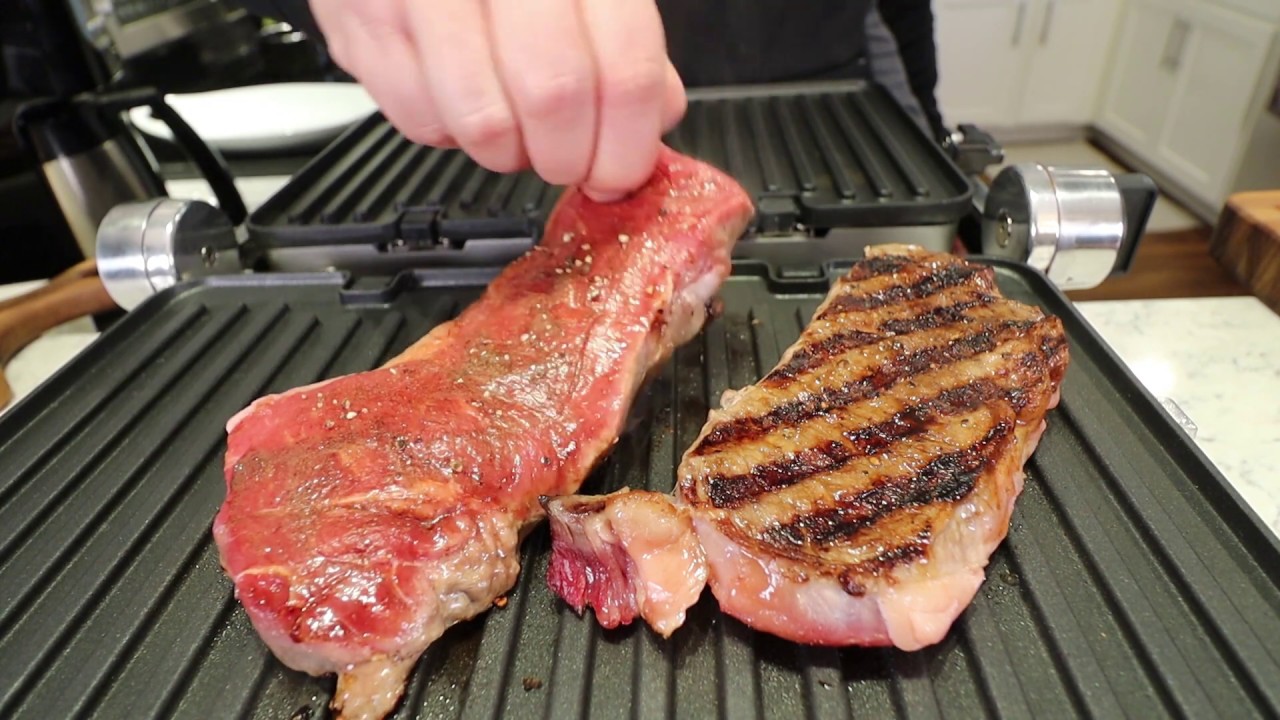
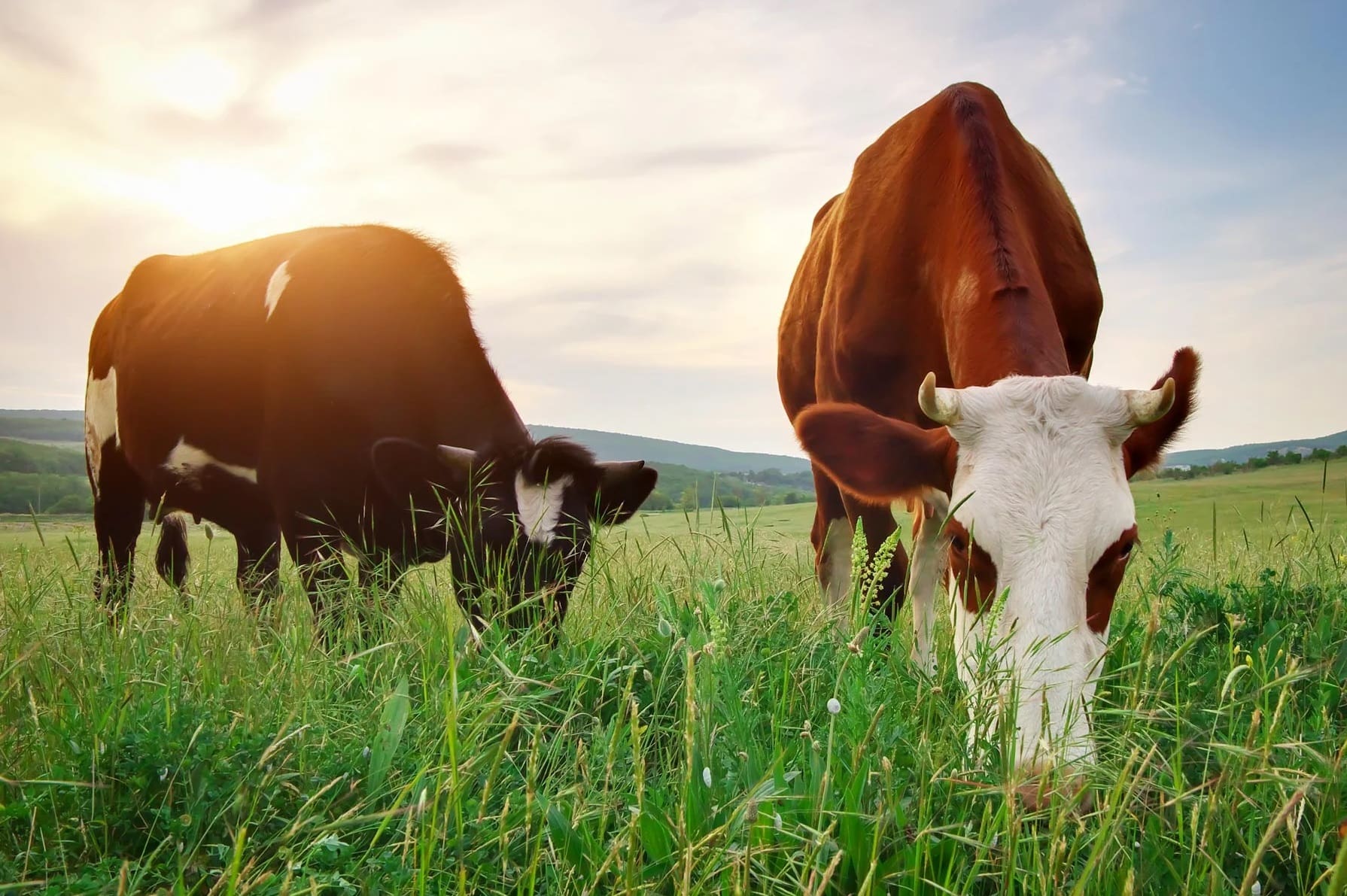
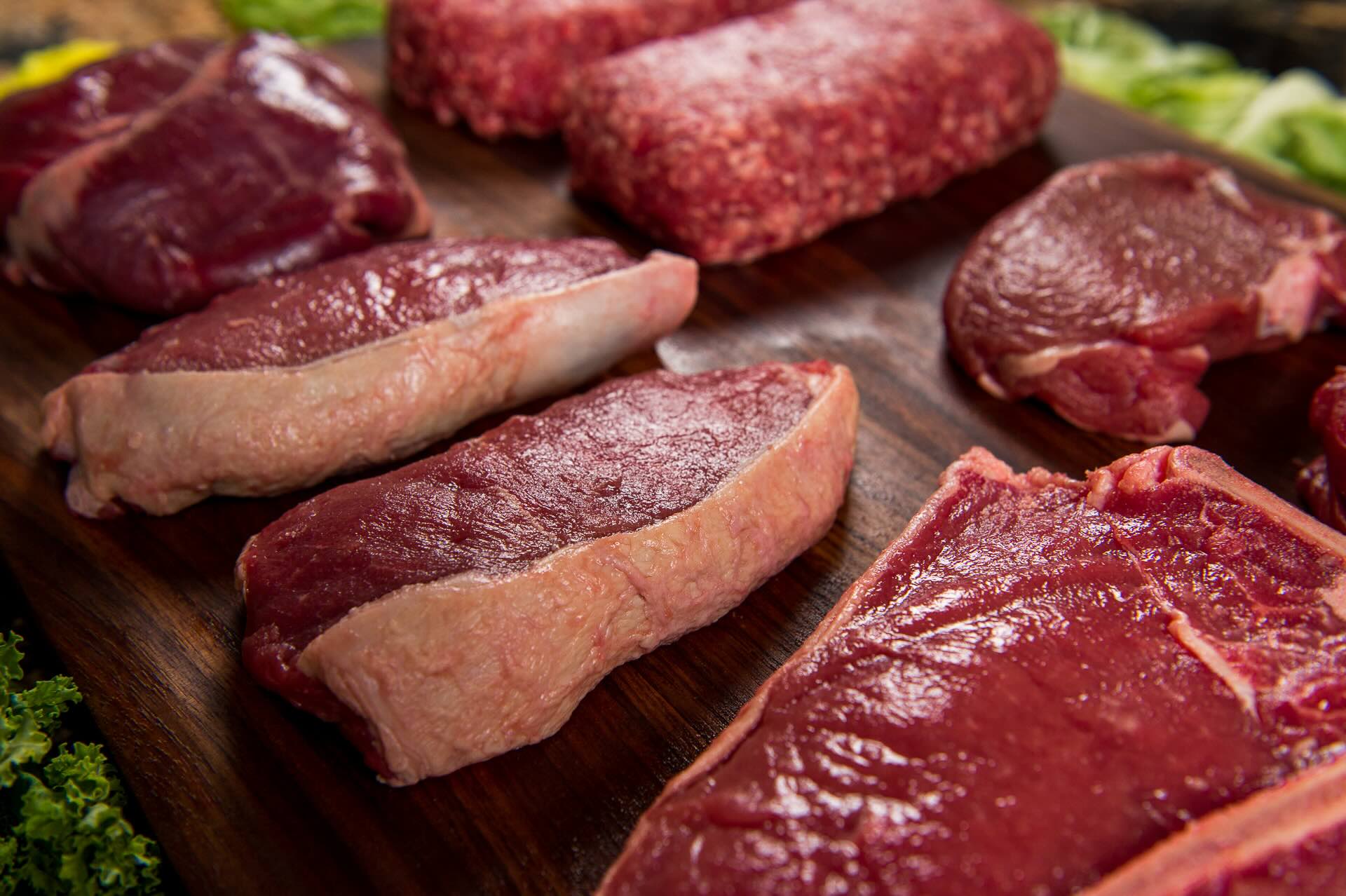
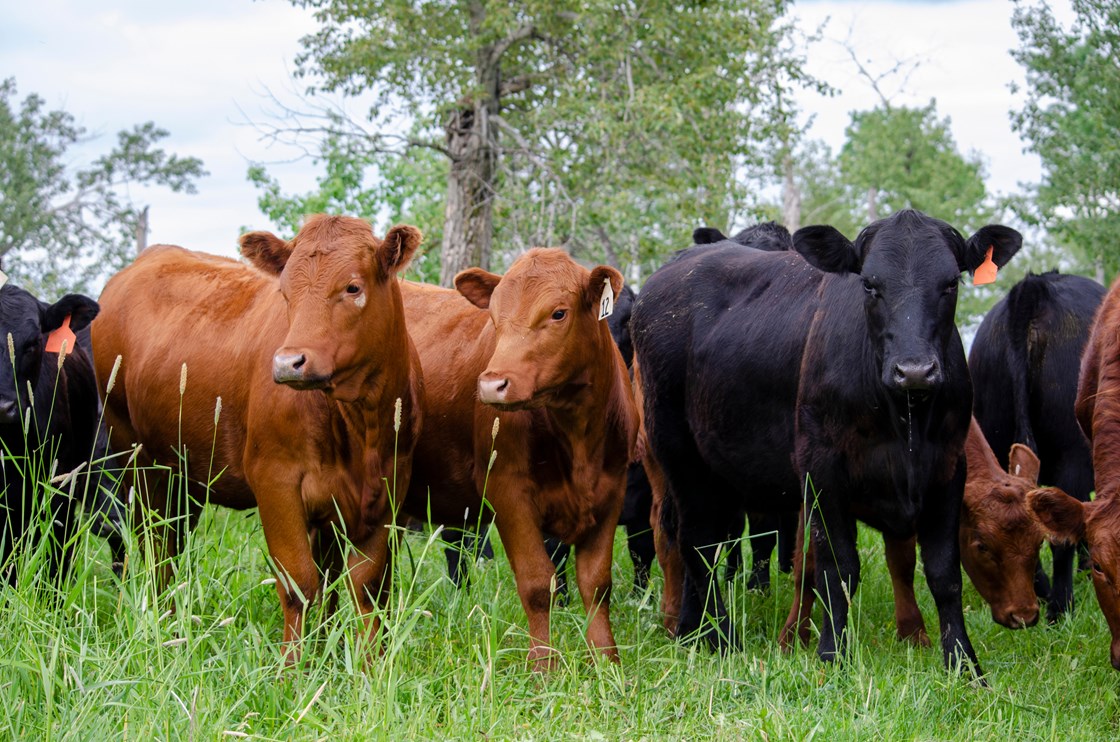
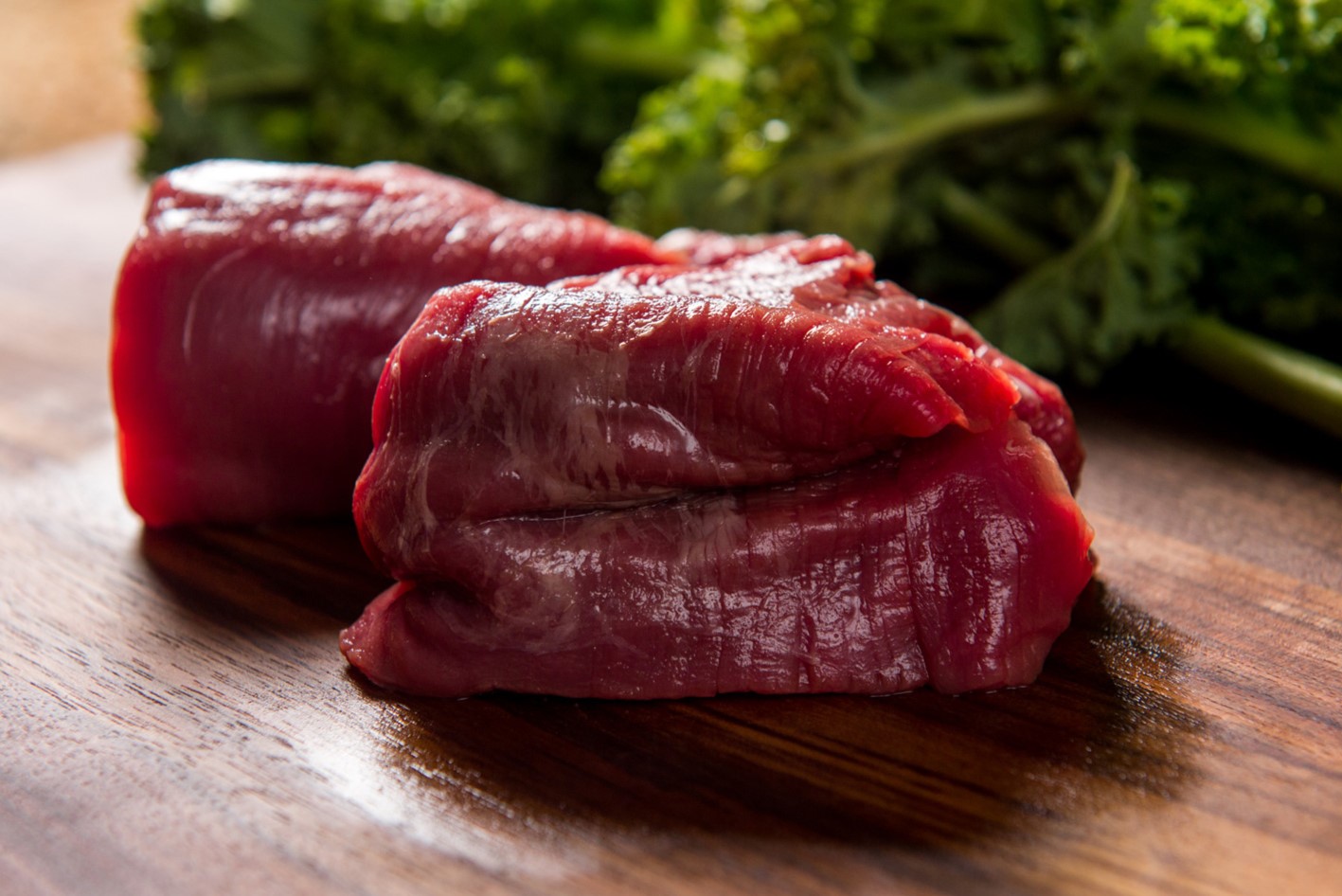


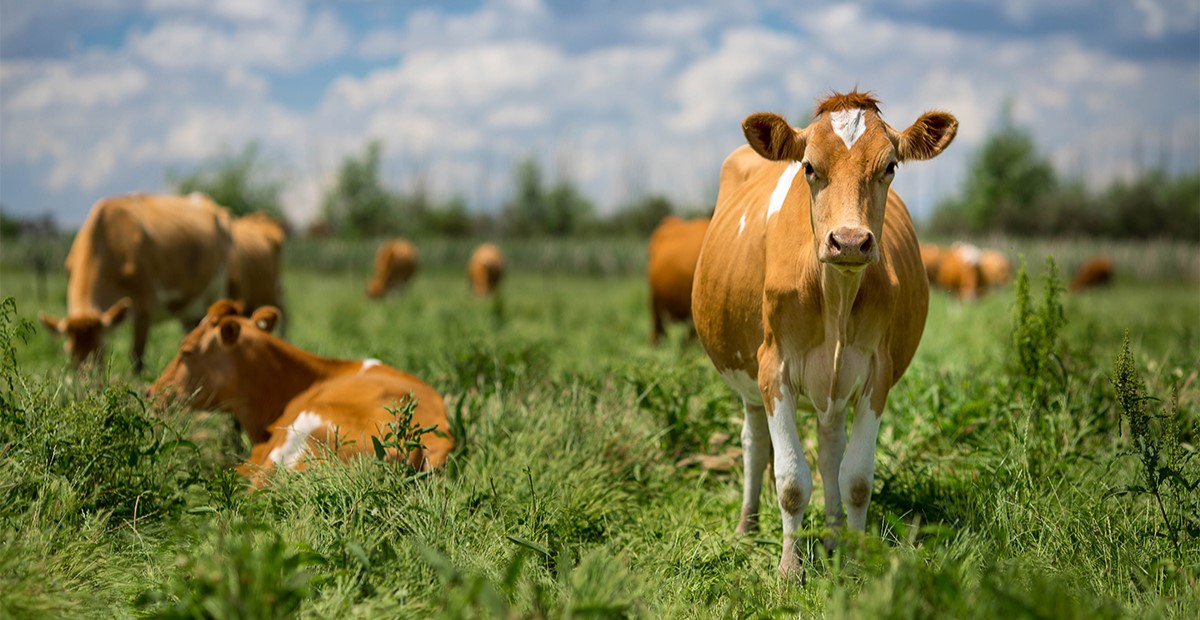
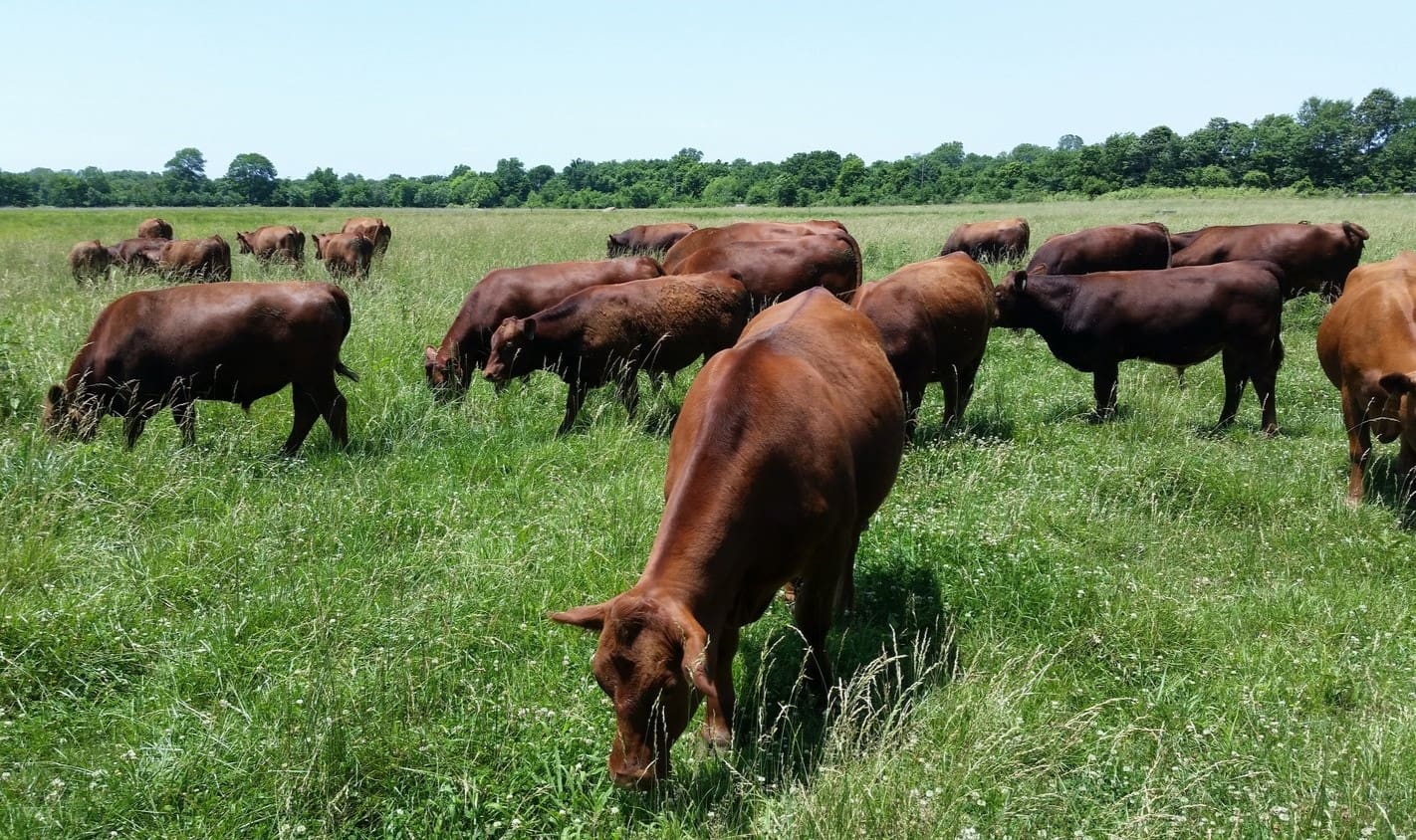

0 thoughts on “How To Grill Grass-Fed Steak”